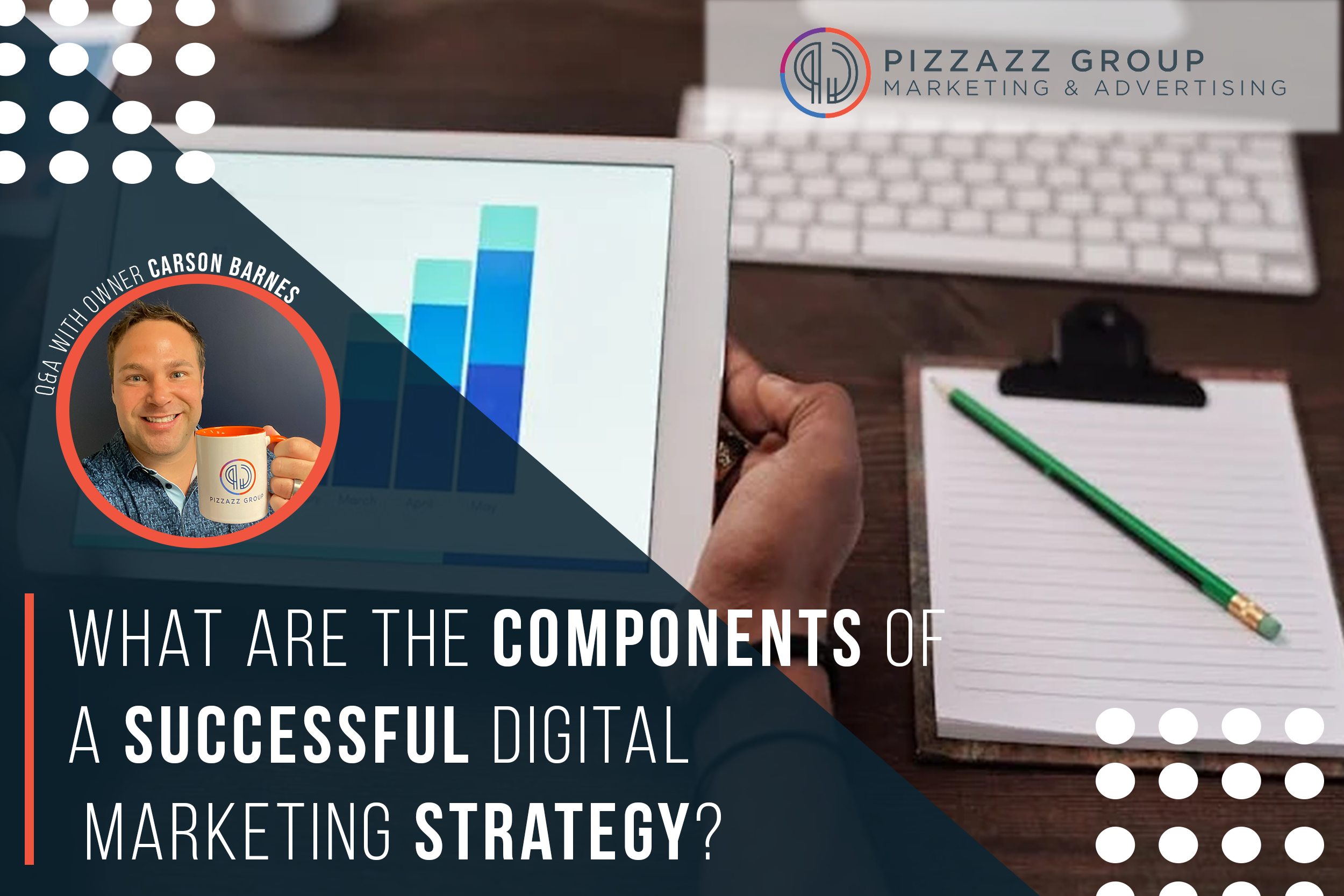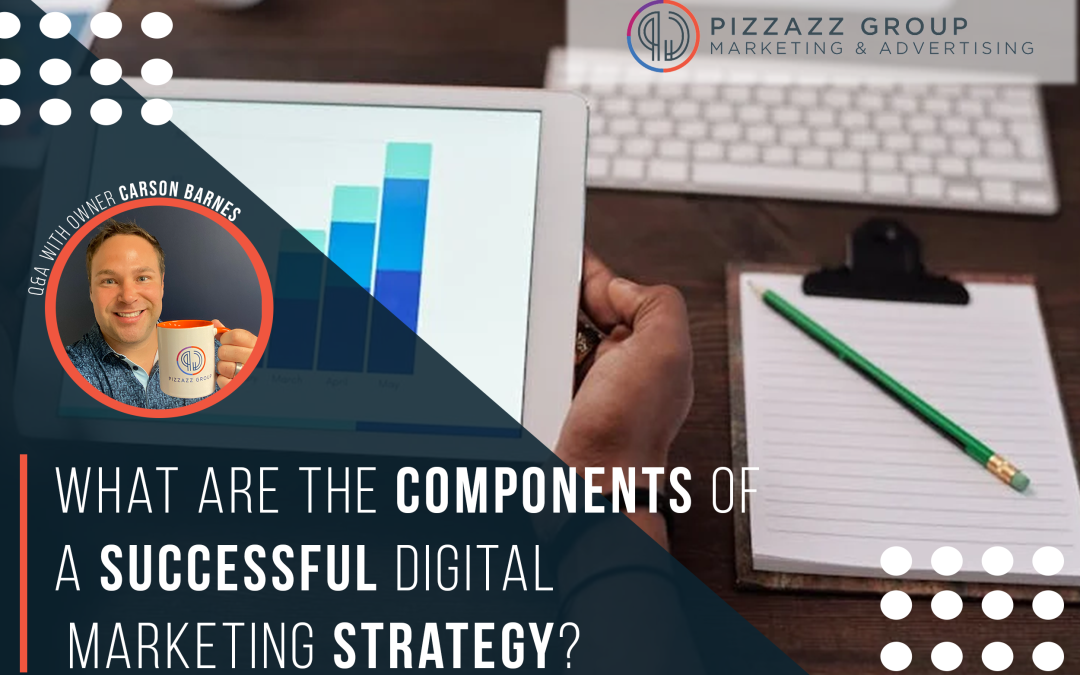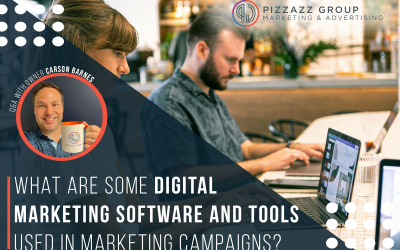
In today’s digital age, an effective digital marketing strategy is essential for businesses aiming to reach and engage with their target audience, drive traffic to their websites, generate leads, and ultimately, increase conversions and revenue. A well-rounded digital marketing approach encompasses various components, each playing a crucial role in achieving overall marketing objectives. This comprehensive guide explores the key components of a successful digital marketing strategy, best practices for implementation, and actionable tips to maximize results.
Understanding Digital Marketing Strategy
A digital marketing strategy outlines how a business will utilize digital channels, tools, and tactics to achieve its marketing goals. It involves thorough planning, execution, and continuous optimization based on data and insights. By integrating multiple components cohesively, businesses can create a unified digital marketing approach that maximizes brand visibility, engagement, and ROI in the digital landscape.
In today’s digital age, an effective digital marketing strategy is essential for businesses aiming to reach and engage with their target audience, drive traffic to their websites, generate leads, and ultimately, increase conversions and revenue. A well-rounded digital marketing approach encompasses various components, each playing a crucial role in achieving overall marketing objectives. This comprehensive guide explores the key components of a successful digital marketing strategy, best practices for implementation, and actionable tips to maximize results.
Understanding Digital Marketing Strategy
A digital marketing strategy outlines how a business will utilize digital channels, tools, and tactics to achieve its marketing goals.

It involves thorough planning, execution, and continuous optimization based on data and insights. By integrating multiple components cohesively, businesses can create a unified digital marketing approach that maximizes brand visibility, engagement, and ROI in the digital landscape.
Key Components of a Successful Digital Marketing Strategy
1. Clear Business Objectives and Goals
• Define Goals: Establish specific, measurable, achievable, relevant, and time-bound (SMART) goals that align with your business objectives. Whether it’s increasing website traffic, boosting sales, or improving brand awareness, clear goals provide direction for your digital marketing efforts.
• KPIs (Key Performance Indicators): Identify KPIs that will measure the success of your strategy. Examples include conversion rates, click-through rates (CTR), cost per acquisition (CPA), and return on investment (ROI). Regularly monitor and analyze these metrics to gauge performance and make informed decisions.
2. Target Audience Identification and Persona Development
• Audience Research: Conduct thorough market research to understand your target audience’s demographics, behaviors, interests, and pain points. Use tools like Google Analytics, social media insights, and customer surveys to gather data.
• Buyer Personas: Create detailed buyer personas representing your ideal customers. Include demographic information, motivations, challenges, and preferred communication channels. Tailor your digital marketing strategies to address the specific needs and preferences of each persona.
3. Comprehensive Content Strategy
• Content Creation: Develop valuable, relevant, and engaging content tailored to your target audience’s needs and interests. Content can include blog posts, articles, ebooks, infographics, videos, podcasts, and more.
• SEO (Search Engine Optimization): Optimize content for search engines to improve organic visibility and attract quality traffic. Incorporate relevant keywords, optimize meta tags, headers, and alt text, and ensure content is valuable and user-friendly.
• Content Distribution: Implement a multi-channel distribution strategy to reach your audience across various platforms. Share content through social media, email marketing, guest blogging, and partnerships to maximize reach and engagement
4. Social Media Marketing
• Platform Selection: Choose social media platforms based on your target audience’s demographics, behaviors, and preferences. Platforms like Facebook, Instagram, Twitter, LinkedIn, and TikTok offer unique opportunities for brand awareness, engagement, and community building.
• Content Strategy: Develop a consistent posting schedule and create diverse content formats, including images, videos, live streams, stories, and interactive polls. Encourage user-generated content (UGC) and engage with followers through comments, messages, and shares.
• Paid Advertising: Utilize paid social media ads to amplify reach, target specific audience segments, and drive conversions. Experiment with different ad formats (e.g., carousel ads, video ads, sponsored posts) and optimize campaigns based on performance metrics.
5. Email Marketing Campaigns
• Segmentation and Personalization: Segment your email list based on demographics, purchase history, and engagement levels. Personalize email content, subject lines, and offers to enhance relevance and increase open rates and click-through rates (CTR).
• Automation: Implement email automation workflows for welcome emails, abandoned cart reminders, birthday greetings, and personalized recommendations. Automation saves time, nurtures leads, and maintains consistent communication with subscribers.
6. Search Engine Marketing (SEM) and PPC Advertising
• Keyword Research: Conduct keyword research to identify relevant search terms and phrases related to your products or services. Use tools like Google Keyword Planner to discover high-volume, low-competition keywords to target in paid search campaigns.
• Campaign Setup: Create targeted PPC campaigns on platforms like Google Ads and Bing Ads. Write compelling ad copy, set bid strategies, and optimize landing pages for conversions. Monitor campaign performance and adjust bids and keywords to maximize ROI.
7. Website Optimization and User Experience (UX)
• Responsive Design: Ensure your website is mobile-friendly and responsive to provide a seamless experience across devices. Optimize page load times, navigation structure, and forms to reduce bounce rates and improve user satisfaction.
• Conversion Rate Optimization (CRO): Analyze user behavior through tools like heatmaps, A/B testing, and user session recordings. Optimize landing pages, CTAs (calls-to-action), and checkout processes to increase conversions and reduce friction points.
8. Analytics, Measurement, and Iteration
• Data Analysis: Use analytics tools like Google Analytics, social media analytics, and email marketing platforms to track and measure campaign performance. Monitor KPIs, identify trends, and gain actionable insights into audience behavior and preferences.
• Continuous Optimization: Based on data-driven insights, iterate and refine your digital marketing strategies. Test different approaches, adjust tactics, and allocate budgets to channels that yield the highest ROI. Stay agile and responsive to market trends and consumer behavior changes.
Actionable Tips for Implementing a Successful Digital Marketing Strategy
1. Integrated Approach: Integrate your digital marketing efforts across channels for consistent messaging and brand voice.
2. Quality Over Quantity: Focus on delivering high-quality content and experiences that resonate with your audience rather than quantity.
3. Stay Updated: Keep up with digital marketing trends, algorithm updates, and industry best practices to stay competitive.
4. Customer-Centric Focus: Prioritize customer experience and satisfaction throughout the buyer’s journey.
5. Collaboration and Communication: Foster collaboration between marketing teams, departments, and external partners for cohesive strategy execution.
Conclusion
For more information on a tailored Digital Marketing Plan for your business, contact Pizzazz Group at customer@pizzazzgroup.com or by calling (614) 350-1681.
Related Q&A With Owner Carson Barnes Blogs
How Do You Generate Digital Marketing Leads For My Business?
Lead generation in digital marketing involves attracting and converting prospects into potential customers through various online channels and tactics. This comprehensive guide explores proven techniques, strategies, and best practices to help you generate quality...
What Are Some Ways You Repurpose Content For Different Digital Channels?
Repurpose content involves taking existing content and adapting it for use across different digital channels, formats, and audiences. This approach not only extends the lifespan of content but also amplifies reach, improves SEO, and enhances engagement. In this...
What Are Some Digital Marketing Software & Tools Used In Marketing Campaigns?
Leveraging the right digital marketing software & tools can significantly enhance the effectiveness and efficiency of marketing campaigns. From analytics and automation to social media management and SEO optimization, there is a plethora of tools available to...





